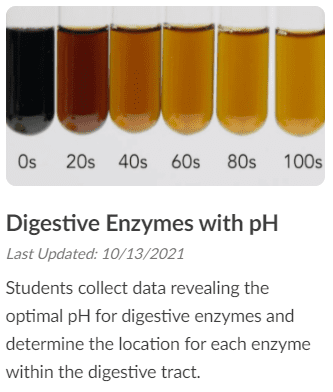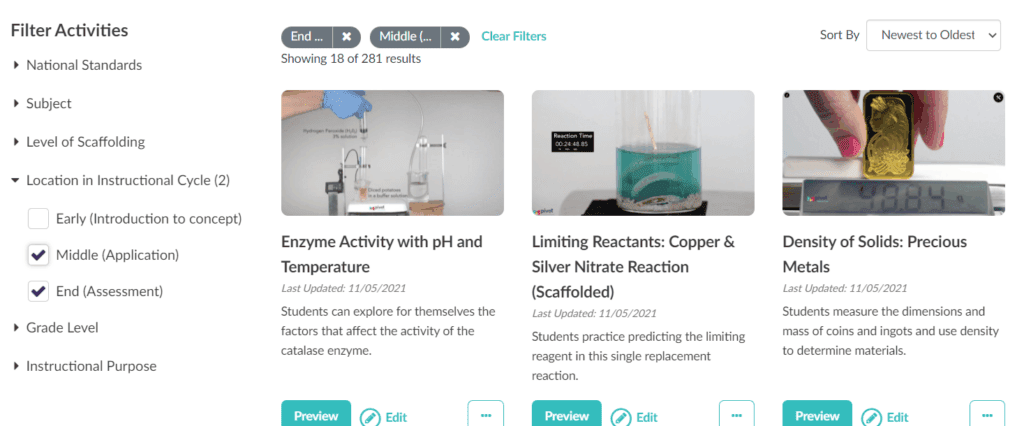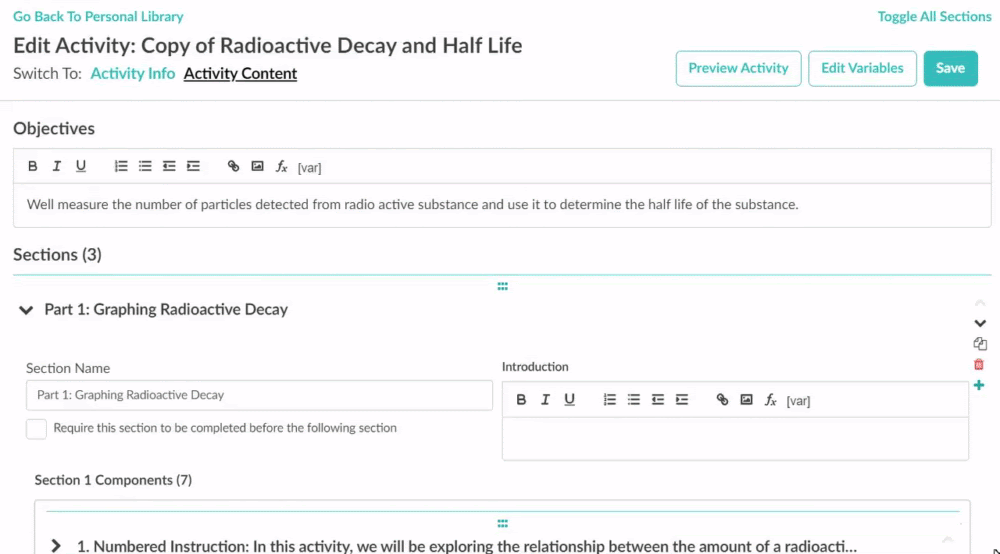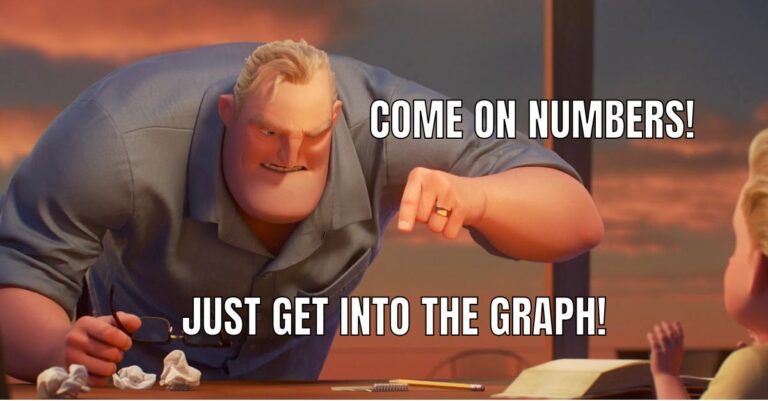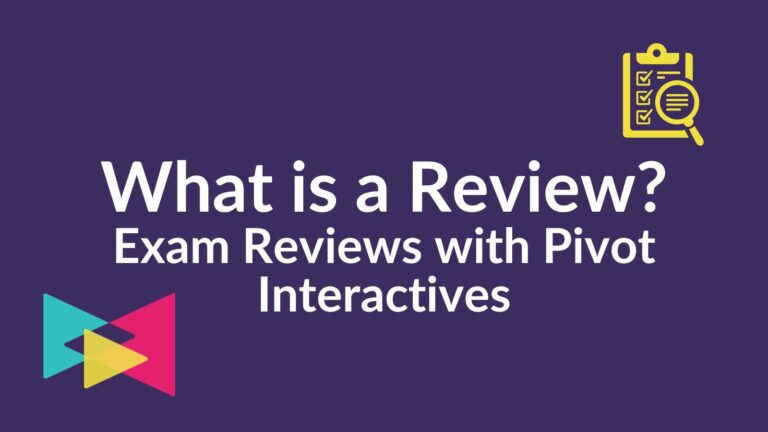Welcome to Teacher Tips, a blog series by Linda Detwiler, our customer success manager and chemistry & physics teacher. So many people loved our e-newsletters, that we moved the longer messages here to help even more teachers!
In Pivot Interactives, you can easily make phenomena-based alternative assessments, both group and individual, so you can evaluate THEIR learning, quickly and safely.
It’s been zero days since I’ve seen a Facebook post from an educator about alternative assessment. It’s so funny that alternative assessments are still held up as this “greater achievement,” like it’s some lost ancient artifact that will solve all of the world’s problems.
As defined by Edutopia:
Alternative assessment, often called authentic, comprehensive, or performance assessment, is usually designed by the teacher to gauge students' understanding of material. Examples of these measurements are open-ended questions, written compositions, oral presentations, projects, experiments, and portfolios of student work. Alternative assessments are designed so that the content of the assessment matches the content of the instruction.
My principal used to RAVE about these alternative assessment goals like it was something no one had ever done before. Then, it dawned on me: the only reason educators see alternative assessments as a lofty goal instead of something that everyone does all the time is because we fail to name them alternative assessments. So, I spent a year where I stopped calling my labs “labs” and started calling them “formative” and “summative” assessments. I mean, that’s how I coded them in my grade book anyways: some labs were quizzes and some labs were tests. You wanna talk about praise: I’m pretty sure I’ve only ever seen Jean Days and free coffee make an admin team happier.
But, as a teacher, I still needed to wrap my mind around how to select and implement lab assessments. Labs don’t work like typical tests. Usually, students are freely talking, working in groups, and researching information. Not to mention, during a lab, my #1 priority is safety; my focus is often on goggles and bunsen burners and not critiquing conversations. That leaves the student artifact for collection and evaluation: the lab report. But, since it’s a group activity, it’s hard to determine who did what and who’s learning I’m really evaluating.
Enter Pivot Interactives. Here, I am able to make online lab assessments, both group and individual, where I can find out who did what. It lets me evaluate THEIR learning, quickly and safely.
Now that we have established the WHAT, let’s take a look at the HOW.
#1. How do I select an alternative assessment?
When selecting an alternative assessment, you need to focus on two things:
- What is my task?
- How am I gonna grade it?
When selecting a task, students should be given the chance to:
- Demonstrate their ability
- Perform a meaningful task
- Receive feedback by a qualified person in terms of relevant and defensible criteria
If the task feels too simple or too advance or too disconnected, your students may not be able to connect their learning with the assessment. Make sure you select a task that is connected to your content and your students. I taught at a rural school in Kentucky where most of my students grew up on farms. So, most of my assessments were based on farm life activities. I had a lot of students who learned welding and vehicle work, so I included questions that involved those topics. What I didn’t do was select tasks that were so foreign that the students felt uncomfortable with the task itself. If I wanted to talk about welding as an example of a combustion reaction, I still introduced the concept to my students who may not be familiar. If I discussed a lab setup, I did this after we had seen a similar setup in class. It may be tempting to give a novel lab as a test, but if the students are too unfamiliar with the task, that can cause a lot of issues.
Take for instance that digestive enzymes lab. It’s pretty similar to the enzyme lab series. If my students have done an enzyme lab, they will be familiar enough with the lab itself to understand how to operate the activity. Also, by high school, most students have a concept of the digestive system. Now granted: it’s a pretty topical understanding, but we don’t need them to be gastroenterologists to understand that enzymes in our stomach aid digestion. We just need them to know that enzymes (that thing we have been learning about) exist in our stomach (that thing in your mid-section) and they help to break down food (the tasty om-noms you get in the cafeteria). Students can relate to this topic, so they will have additional experiences that they can lean on when answering questions.
The other thing that I thought about was grading. Let’s be honest: we have all heard the dreams of task writers — wonderful projects where the students create their own experiments and design solutions for community problems based on a series of experimental design tasks. However, we also know why we tend to shy away from them: time, cost, and grading. I love alternative assessment, but it’s only accessible if the grading is realistic. It shouldn’t take much longer than a traditional essay-like exam. So, when you are designing questions, make sure you are designing or selecting a realistic grading rubric.
#2: How do I find an alternative assessment that I don’t have to write?
Great question! While in the library, we have a filter for Location in the Instructional Cycle, with two subfilters: middle (application) and end (assessment). Middle activities can serve as formative or summative assessments. However, end activities are DESIGNED to be summative assessments. This filter will stack with your content filter, so you can narrow that pool of activities to something much more manageable.
#3: Say I want to modify it. What now?
Well, you’re in luck! These activities are 100% editable. So, you can modify and edit to your heart’s content.
New to customizing activities? No problem! Look for the On-Demand Guides on the activity editor page for quick tips or get started with the Quick Start to Modifying Activities article. If you’re looking for something a little more podcast-ish, check out this YouTube playlist about modifying and building activities.
🎉 Quick Tips for Modifying Activities as Alternative Assessments in Pivot Interactives
- Turn open-ended questions into multiple-choice or numeric questions for instant grading
Take the premade open-ended questions and change them into multiple-choice questions or numerical questions in the editor. Math questions are the easiest to rewrite, but even argument questions can be turned into multiple-choice questions. Just address different misconceptions in each of the choices. Don’t forget to turn on autograding!
- Locked sections can be a hassle during a test
Locking a section means that the student cannot move forward until they finish the previous part. While this may be good during in-person or synchronous activities, while remote or asynchronous, the students may accidentally lock sections and they cannot fix this without your help.
#4 I’m ready to give it!
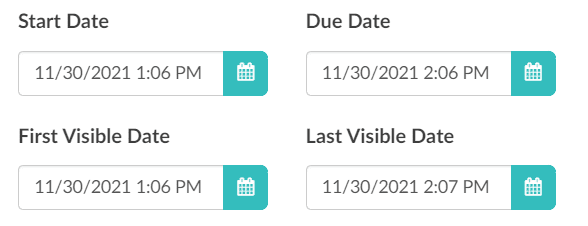
Awesome! Let’s talk about a feature you don’t use much: the Last Visible Date. This was built SPECIFICALLY for assessment purposes.
Set your due date to five minutes after class ends. This just allows those last-minute stragglers a premade reprieve while they finish typing. Then, set your Last Visible Date to 1 minute later. What happens? At the Last Visible Date and Time, the assignment is no longer visible to the students. That means they won’t be able to open it and show their friends in later periods, increasing your exam security.
Now go! Browse the activity library (filter by Location in Instructional Cycle), modify to your hearts content, and evaluate students learning easily, quickly, and safely AND using phenomena 🙌


